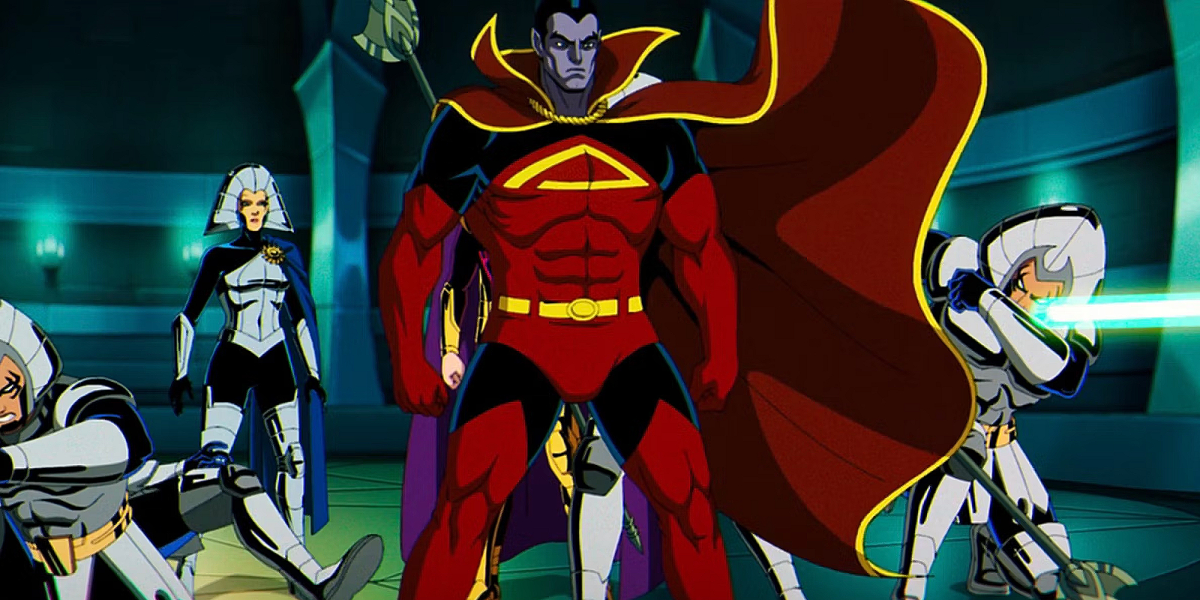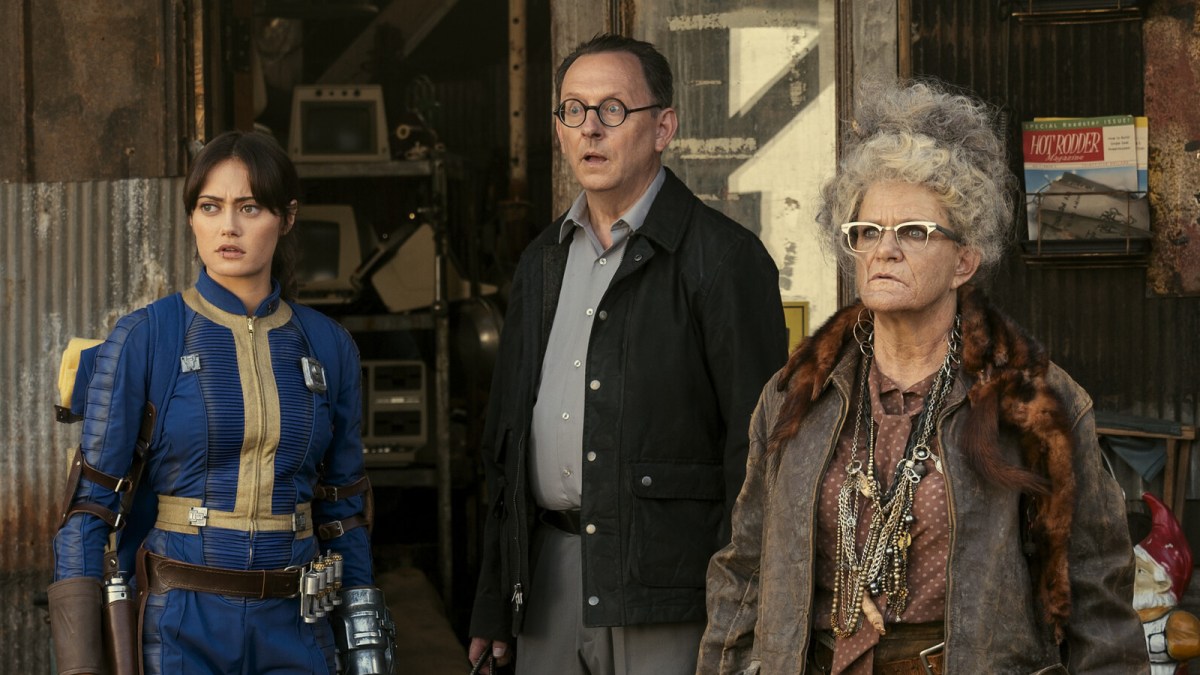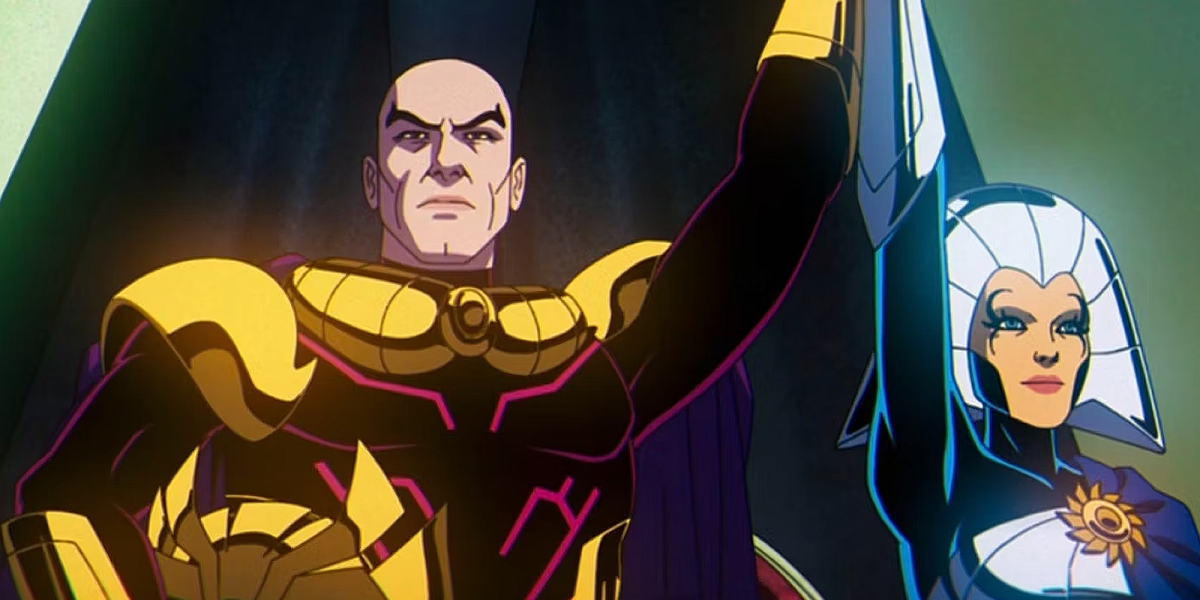This article about the belated origin story contained within Spider-Man: No Way Home contains full spoilers. If you have not seen the movie but plan to, bookmark this article and come back soon! You won’t want to miss this.
One of the most interesting aspects of Spider-Man: No Way Home is the way in which it feels as much like a beginning as it does an ending. Tom Holland has played the web-crawler in three team-up movies and three solo movies, so it’s strange that – six movies into his tenure – No Way Home effectively ends with his version of the character at the start of his journey towards becoming the iconic superhero that audiences know and love.
Peter Parker was introduced into the Marvel Cinematic Universe (MCU) as part of the ensemble in Captain America: Civil War. Tony Stark (Robert Downey Jr.) recruited the young superhero to fight on his side in that conflict. By the time that Tony showed up in Peter’s apartment, Peter had already been active as Spider-Man for at least some time. The movie was deliberately ambiguous about the details, but he seemed like a young enough hero.
Introducing a version of Peter Parker who was already Spider-Man made sense at the time. After all, there had already been two live-action iterations of the character within the previous decade and a half. Audiences know the classic Spider-Man origin story by heart, to the point that Spider-Man: Into the Spider-Verse could reduce it to a clever recurring joke. Joining Peter Parker in the middle of his story avoided retreading old ground. However, it also created continuity lacunas.
There is a debate about whether this version of Peter Parker had his own version of Uncle Ben, the dead mentor who taught Peter his value system. Jon Watts insists that a version of Uncle Ben exists for this version of the character, and his presence is implied in a few stray lines of dialogue in Spider-Man: Homecoming. However, he was not explicitly mentioned in the MCU until an episode of What If…? Some fans even wondered if Tony Stark was the “Uncle Ben” to this version of Peter Parker.

Narratively speaking, and quite apart from all the movie’s nostalgia and fan service, No Way Home feels like an awkward attempt to backfill a lot of Peter Parker’s character arc that was obscured by the decision to skip an origin story. Most obviously, No Way Home makes it clear that this version of Spider-Man does have an “Uncle Ben” figure; it’s just a slightly different one than anybody expected. No Way Home makes Aunt May (Marisa Tomei) the “Uncle Ben” to this Peter Parker.
Spider-Man: No Way Home delegates a lot of the narrative and thematic function of Uncle Ben to Aunt May. Notably, six movies into his tenure in the role, it is Aunt May who gets to tell Peter that “with great power there must also come — great responsibility!”, a role traditionally allocated to Uncles Ben. No Way Home also kills off Aunt May in the same way that Spider-Man origins tend to kill off Uncle Ben, using the character to spur a moral lesson about the kind of person Peter Parker has to be.
However, it isn’t just the use of Aunt May. No Way Home gives its version of Peter Parker effectively the character arc that serves as the starting point for most versions of the character. Peter is a kid gifted with incredible power, and his first instinct is to use that power for his own benefit. The entire plot of No Way Home is spurred by Peter’s selfish exploitation of a close personal relationship with Sorcerer Supreme Stephen Strange (Benedict Cumberbatch) to help get his friends into college.
Spider-Man: No Way Home acknowledges how insanely privileged this is. The spell is incredibly dangerous and ends up unleashing a set of supervillains from multiple dimensions. Stephen grows increasingly (and understandably) frustrated with Peter over the course of the movie when Peter reveals that this was his first solution to the problem, rather than appealing to the college administration. Much of No Way Home is about Peter cleaning up – taking responsibility for – his own mess.

Like most versions of the Spider-Man origin, Peter’s selfishness indirectly leads to the death of his relative. In Sam Raimi’s Spider-Man, ignoring the retcons of Spider-Man 3, Peter (Tobey Maguire) declines to stop a thief (Michael Papajohn) robbing a wrestling venue, only for the thief to kill Uncle Ben (Cliff Robertson) during a carjacking. In The Amazing Spider-Man, Peter (Andrew Garfield) fails to stop a thief (Leif Gantvoort) robbing a deli, with the same result for Uncle Ben (Martin Sheen).
In No Way Home, Aunt May is murdered by Norman Osborn (Willem Dafoe), one of the villains summoned by Peter. May advocated for helping these refugees, seeing them as victims. However, her death sends her nephew spiraling. The climax of No Way Home finds Peter brutally beating Norman on the Statue of Liberty, like other versions terrorized the thief. Ultimately, Peter decides to honor her memory. He spares Norman. He chooses heroism over easy revenge.
Typically, this is the start of Peter’s character arc. In most tellings of the Spider-Man story, this narrative serves as the origin story. The spider bite explains Peter’s power set, but it’s the loss and the lesson that make Peter a hero. So, it’s interesting that No Way Home tells this story in the third solo featuring this version of Peter Parker. Then again, given how rarely the MCU acknowledges the responsibility that comes with power, maybe it makes sense that this Spider-Man is a late bloomer.
Maybe it likewise makes sense that No Way Home is an origin story for this version of Spider-Man. After all, Tom Holland’s version of Peter Parker has often felt trapped within the MCU. Spider-Man: Far From Home was effectively about how hard it was for Peter to actually enjoy any of the small joys of being Spider-Man without having the larger continuity of the shared universe intrude upon him. The continuity obligations of the MCU have taken a lot away from this iteration of the character.

This is obvious even looking at the villains in these films. Spider-Man has one of the most iconic rogues’ galleries in comic books, second only to Batman. However, none of the villains in these three solo Spider-Man movies feel particularly tied to Tom Holland as Peter Parker. Spider-Man: Homecoming and Far From Home feature classic Spider-Man villains Adrian Toomes (Michael Keaton) and Quentin Beck (Jake Gyllenhaal), but both are repurposed as Iron Man villains.
In a literal sense, Toomes and Beck are given vendettas against Stark; Toomes was a rival contractor who feels like Stark Industries robbed him of opportunities, while Beck was an employee who felt humiliated by Stark. However, it runs deeper than that; these arcs aren’t just tied to the character of Stark, but they are similar to motivations that defined the villains of the Iron Man franchise, like Justin Hammer (Sam Rockwell), Ivan Vanko (Mickey Rourke), and Aldrich Killian (Guy Pearce).
No Way Home features five more classic Spider-Man villains, but none have any strong connection to this version of Spider-Man. The movie ports over Osborn, Otto Octavius (Alfred Molina), and Flint Marko (Thomas Haden Church) from Sam Raimi’s Spider-Man trilogy, along with Max Dillon (Jamie Foxx) and Curt Connors (Rhys Ifans) from Marc Webb’s Amazing Spider-Man duology. That’s a lot of villains, but none of them have any tether to this iteration of the Spider-Man canon.
This perhaps explains why so much of the ending of No Way Home is dedicated to cutting Peter’s ties to the larger continuity and effectively resetting the character back to a familiar starting position. Replaying a multiversal variant on the classic origin story is part of this, but it’s also evident in how No Way Home resolves its central crisis. At the end of No Way Home, Aunt May is dead and Peter has wiped everybody’s memories of his secret identity, including friends and family members.

There’s a sense in which this serves to put some distance between Peter and the MCU, perhaps reflecting the prickly relationship between Sony and Disney over the films. One of the film’s final scenes finds Peter visiting Aunt May’s grave with “Happy” Hogan. Hogan is played by Jon Favreau, the filmmaker who launched the MCU by directing Iron Man. He would seem to serve as the personification of the MCU. Happy doesn’t remember Peter. The scene feels like a farewell.
In some ways, No Way Home feels like something of a divorce movie, putting some distance between Sony’s Spider-Man franchise and the MCU. Early in the movie, Aunt May ends her “fling” with Hogan. The movie’s designated MCU-based co-lead, Stephen Strange, is shunted into an alternate dimension for most of the third act. Instead, the film becomes a celebration of Sony’s management of the Spider-Man intellectual property across the past two decades.
The closing scenes of No Way Home play like the end of a Spider-Man origin story. Peter moves into his own apartment, which is dingy and rundown and more in keeping with the working-class origins of the character than anything in the previous six movies. Peter has forsaken all of the advanced Stark technology and gone back to basics with a home-stitched costume. Finally, after three team movies and three solo movies, Tom Holland is a friendly neighborhood Spider-Man.





